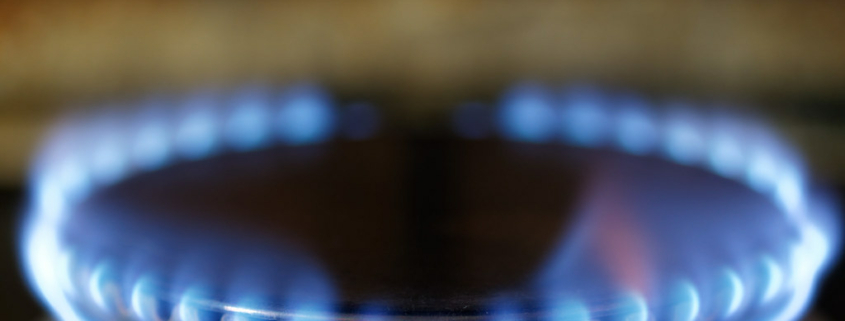Now You’re Cooking Without Gas
Image: Ervins Strauhmanis via CreativeCommons
By Ashira Morris, ODP Staff Writer
Gas is the largest energy source in the US. Gas stoves aren’t the largest consumer of natural gas in any home, but they’ve become “a focal point in the fight over whether gas should even exist” as an energy source in people’s residences. Burning gas, especially without ventilation like many home stoves, gives off dangerous pollutants that can lead to respiratory diseases. Additionally, natural gas is methane, a much more potent gas than carbon dioxide and is prone to leaking — from production to the turn of a stove dial.
Why This Matters: Gas stoves are being used to highlight how using fossil fuels is both a short-term and long-term health risk. Turning on a gas stove indoors has been compared to the combustion that powers cars — a “toxic soup” that can make people sick. Longer-term, continuing to use methane for energy, including cooking, is contributing to climate change. To avoid the worst impacts, about half of the world’s gas reserves will need to remain untapped. About 10% of all US emissions come from gas burned in commercial and residential buildings, so cutting back the sector could have a significant impact.
Some cities have already proposed banning gas in new buildings, and national policy changes could be coming, such as incentives for households to switch from gas to electric in the Biden Administration’s climate plan.
Start with the Stove
For the gas industry, the stove has been a symbol and tool for selling people on the fuel for years. After finding that people didn’t have a preference for appliances like water heaters, the gas industry honed in on stoves.
As Mother Jones wrote earlier this year: “For decades, sleek industry campaigns have portrayed gas stoves — like granite countertops, farm sinks, and stainless-steel refrigerators — as a coveted symbol of class and sophistication, not to mention a selling point for builders and real estate agents.”
Environmental campaigns focused on the dual threats of health and climate are also starting with the stove. “We have to start talking about electrifying our buildings, and it’s just really not that sexy to talk about your water heater, but you probably can talk to your friends about their stove,” Brady Seals with RMI (formerly Rocky Mountain Institute) told NPR.
The post Now You’re Cooking Without Gas appeared first on Our Daily Planet.


